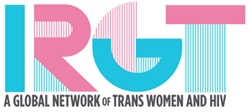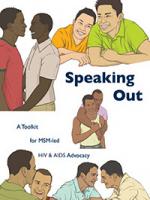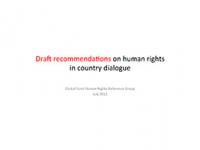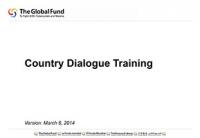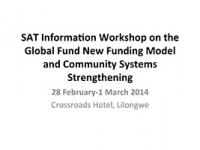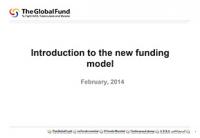
it is specifically MSM-focused with exercises and ideas that serve as conduits for MSM community energy and contribution;
it believes that organizations can start where they are, and assumes the skill sets and organizational maturity of MSM individuals and groups are wide-ranging and take time to develop; and
it approaches HIV & AIDS from a broad human rights framework, balancing public health and human rights approaches toward addressing MSM community susceptibility to HIV.
